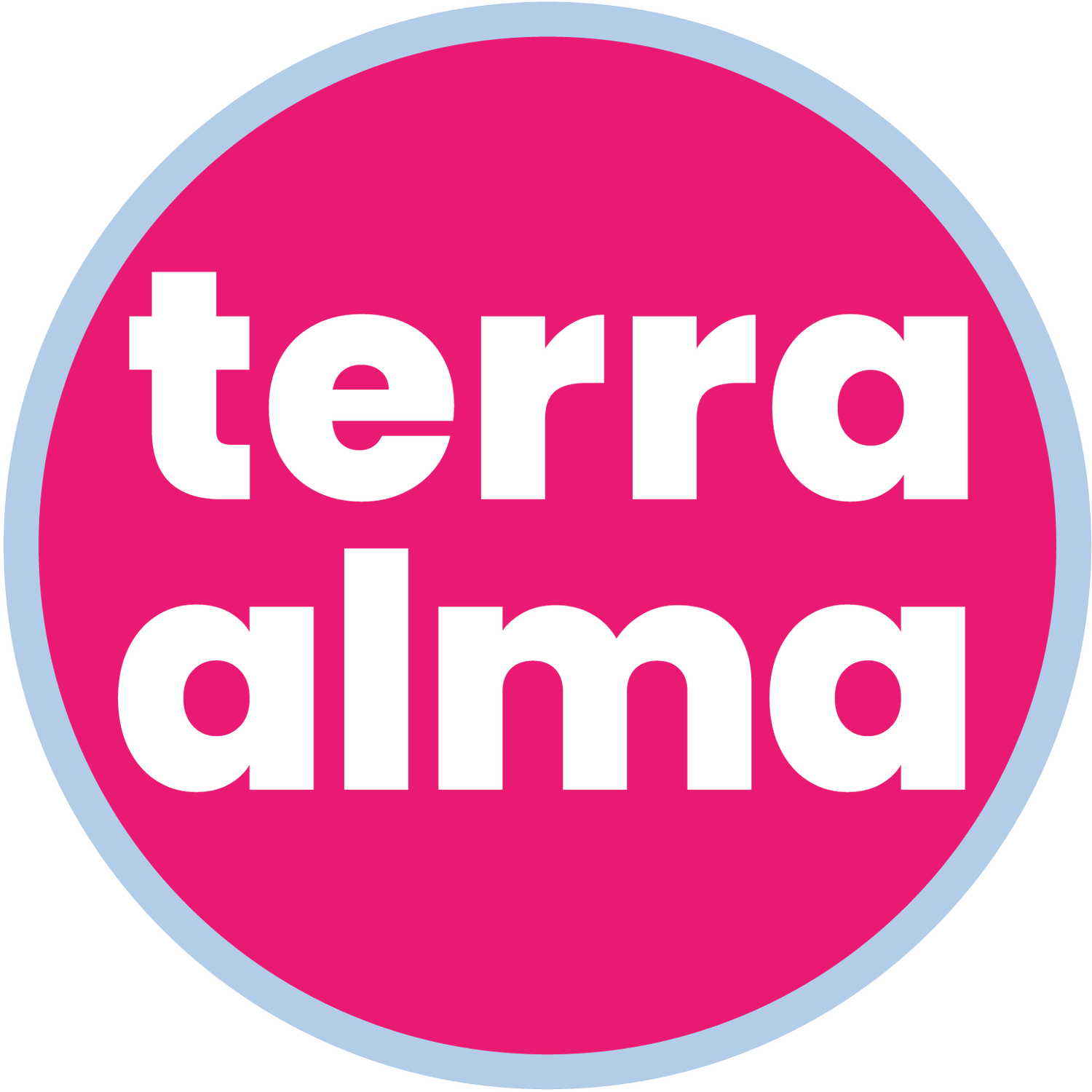“It’s Just a Pickup Line”—But What If It Was the Start of Something Better?
The other day, I found myself watching the school car pickup line snake through a neighborhood like a tired parade.
Parents scrolling.
Kids slumped.
Engines idling.
A friend joked, “Well, at least it’s a time to catch up on podcasts.”
But honestly? It made my stomach drop.
Because this isn't just about traffic.
It's about how we’ve designed our communities
—and what we’ve lost along the way.
Let’s rewind to 1969.
Back then, nearly half of kids walked or biked to school.
Today? It's less than 11%.
The school bus, that yellow icon of childhood, now carries just 28% of students. Most kids?
They get dropped off in private cars. That number has skyrocketed to over 56%.
Why?
Because in too many places, walking just isn’t safe—or even possible.
I’ve seen it myself.
New schools built miles from neighborhoods, on the edge of town, surrounded by six-lane roads and parking lots.
Consolidated campuses meant to “save money,” but cost us something deeper: daily interactions, local gathering spots, independence for our kids.
We think it’s just about convenience.
But this is a design problem—and a culture problem.
Design first:
Our streets are made for speed, not for people.
Sidewalks (if they exist) are narrow or disconnected.
Bike lanes vanish into intersections like optical illusions.
A five-minute walk can feel like an obstacle course of speeding SUVs, wide crossings, and zero shade.
And if you live within a mile of school?
That still doesn’t mean it’s safe to walk.
Most kids who live less than half a mile from school still get driven.
And then there’s culture.
We’ve absorbed the myth that kids aren’t safe outside alone. But the real danger? It’s not the boogeyman—it’s the car.
Cars are the number one cause of death for kids in the U.S.
Let that sink in.
Our fear has created a vicious cycle:
👉 Streets are unsafe, so we drive.
👉 Because we drive, streets never get safer.
👉 Our kids lose autonomy, connection, and freedom.
👉 Our towns lose soul.
So what does this mean for us at terra alma?
It means we must be bold advocates for the kind of walkable communities where families want to linger.
Where it’s not just possible—but pleasant—to walk to school, the coffee shop, or the corner grocer.
We believe every real estate decision is a chance to foster togetherness:
– A bakery at the base of a multifamily building = a reason to say hello.
– A protected bike lane next to a school = trust in a child’s independence.
– A town center with safe crossings and shady paths = fewer pickup lines and more community.
These aren’t amenities.
They’re lifelines.
What can we do now?
Start small. Talk to your city planner. Ask your school board about Safe Routes to School. Petition for a crosswalk. Organize a Bike Bus. Support developers who care about placemaking.
And if you’re a property owner or community leader wondering where to begin?
Start with us. We’ll show you how retail, restaurants, and reimagined public space can reshape your block—and your future.
Because this isn’t just about foot traffic.
It’s about giving our kids, and ourselves, a different kind of freedom.
💡Let’s Start Here
If you’re a developer, city leader, or business owner and want to create something that matters, that lasts, and that feels alive — we are ready.
→ Let’s talk about your downtown.
→ Let’s bring walkability back.
→ Let’s find space for your story.
This is what we do at terra alma.
Fill out this form for an initial consultation!🚶♀️🏡✨
*Inspired by Ryan M. Allen’s - The School Pickup Line is a National Embarrassment





